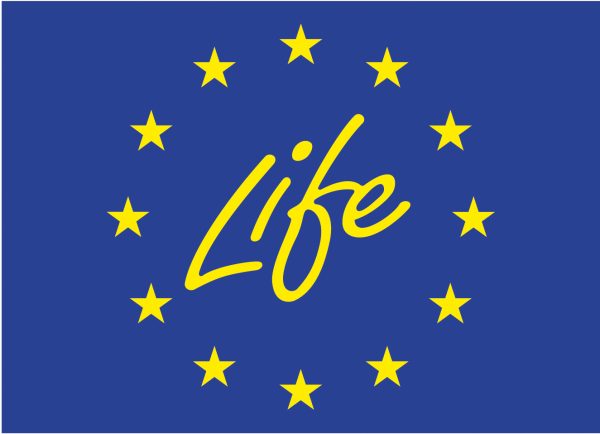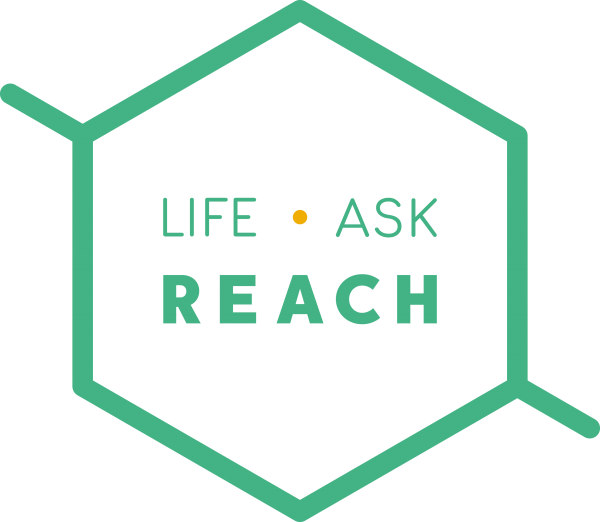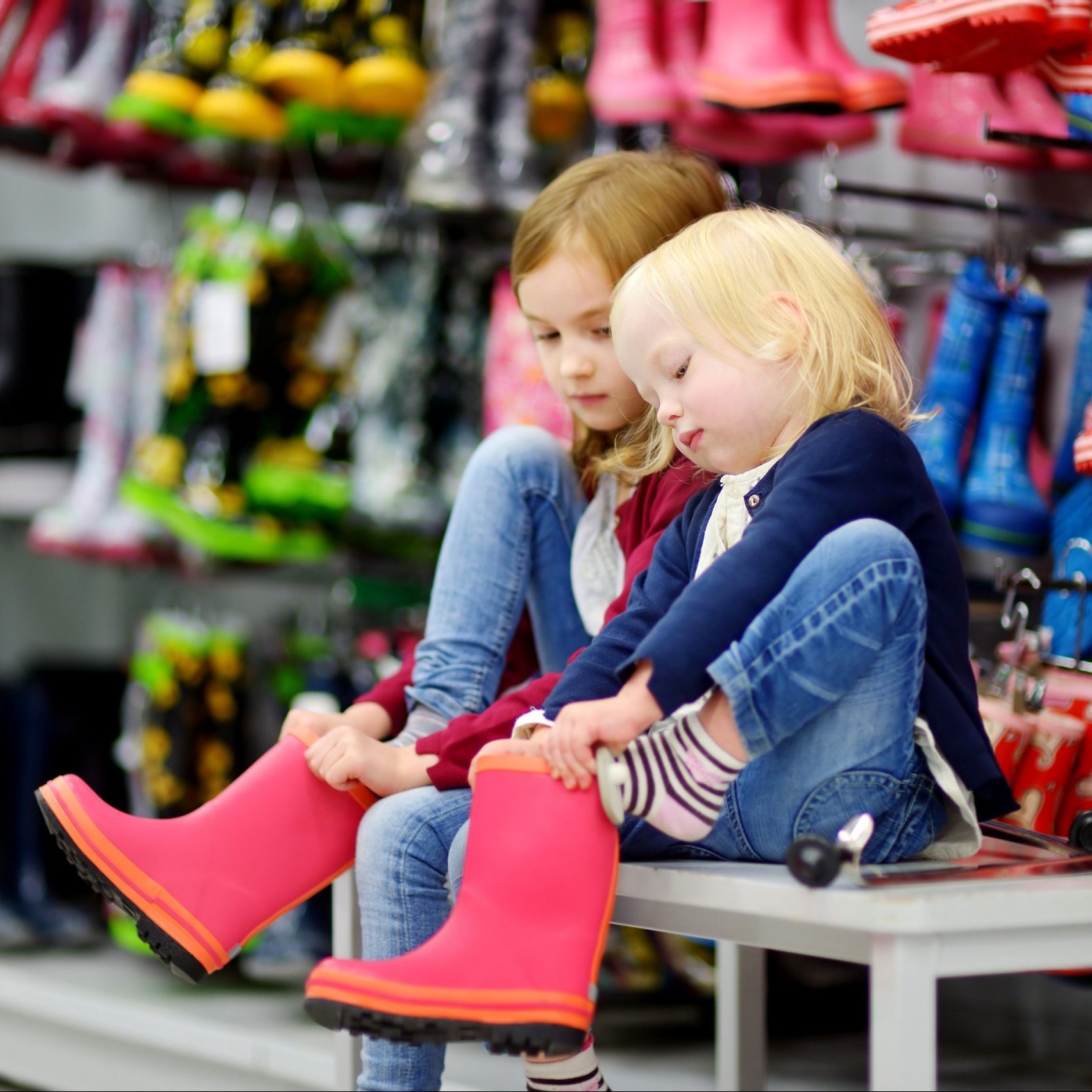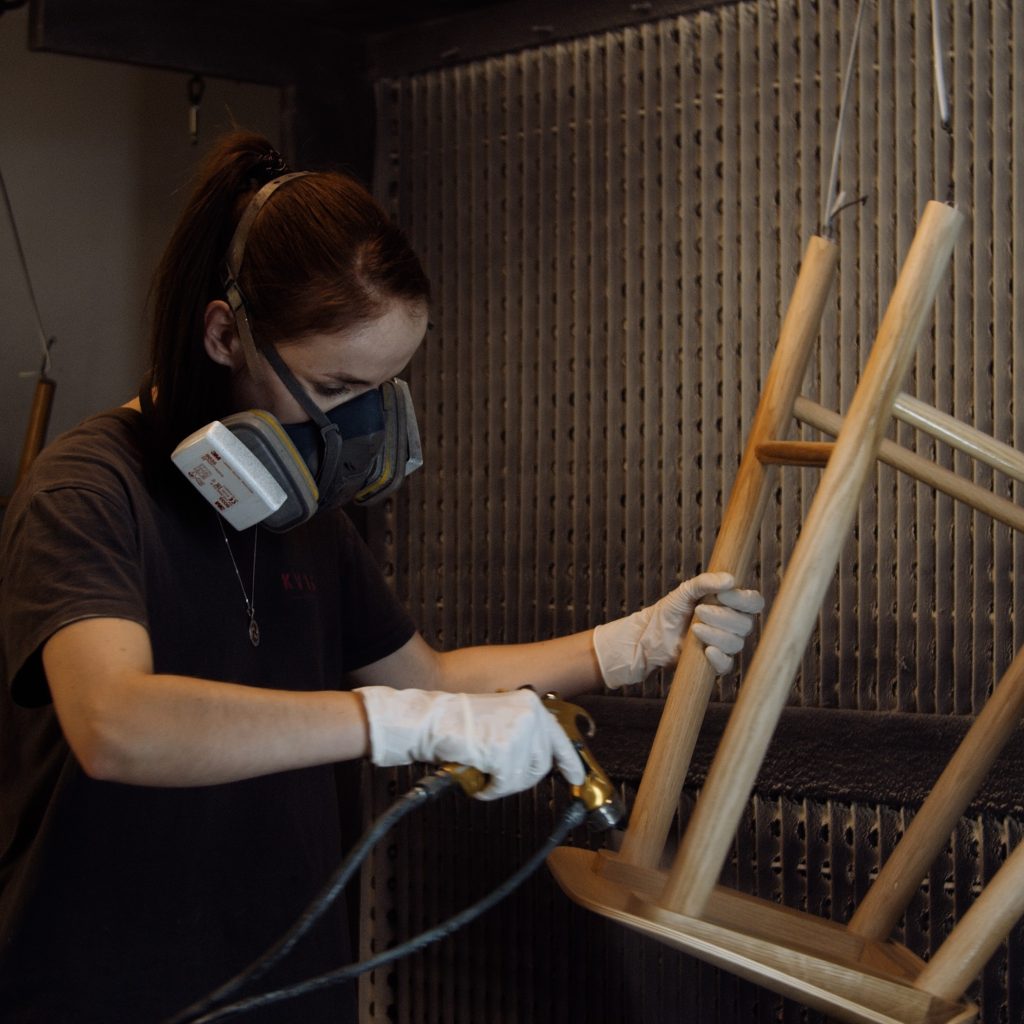
LIFE AskREACH overall goal was to enhance substitution of substances of very high concern (SVHC) in articles by increasing the market demand for SVHC free articles and supporting industrial actors to identify SVHC in their articles.
The project did not target industrial processing or particular articles or substances directly, but contributes to exposure reduction by raising awareness and ultimately changing the purchasing behavior of consumers as well as the approaches to product design by the market actors.
The specific objectives of the project were:
• Raising consumer awareness on SVHC in articles,
• Raising awareness and compliance of article suppliers on SVHC in articles and communication obligations under REACH,
• Facilitating communication on SVHC between consumers and companies,
• Initiating and guiding supply chain communication processes that finally aim at substituting SVHC in articles.
LIFE AskREACH project has developed a Europe-wide applicable smartphone app for consumers to launch requests according to Article 33 REACH. The app is connected to a database with information on SVHC in articles, thereby easing and speeding up the responses by the article suppliers. In addition, a supply chain communication tool for companies to increase their competencies and capacities to comply with REACH will be adapted and promoted.
The development of these IT tools (database, consumer app and company supply chain tool) started in September 2017. To foster the filling of the data base and use of the app, two large campaigns were started in 13 countries synchronically addressing consumers to get aware of the rights and do the information requests and companies to be aware of the obligations, provide answers to consumer requests and have their supply chain communication under control.
LIFE AskREACH project was implemented by 20 partners in 13 EU Member States and has become visible all over Europe, facilitated the political uptake, network with other projects dealing with management and/or governance of chemicals and replicated the campaigns in several non-partner EU Member States and Candidate Countries.
App and database. A smartphone app will be developed which can be easily adapted to all languages and will be available all over Europe. Consumers will be able to scan bar codes in order to find out if the scanned articles contain SVHC. To this end the app will be connected to a centralized European database with information on SVHC in articles. This database will be established during the project lifetime and SVHC information will successively be entered or uploaded to the database by the article suppliers, together with information on safe use of their articles. There will be a possibility to bulk upload respective information. The provided article information is linked to the REACH candidate list. As soon as new SVHC are included in the REACH candidate list suppliers will be asked to (bulk-) update their SVHC information in the database in order to comply with the latest legal requirements. If a consumer scans an article bar code for which SVHC information is not yet stored in the database, he can send an automatically generated SVHC request to the supplier who has then to comply with his information duties according to REACH. Bar code owners and retailers will be involved. The consumers will be properly informed about the legal background and the set-up of the app/database. It is expected that the launch of the app will result in a sharp rise of the number of SVHC requests according to Article 33(2) REACH. Suppliers are invited to use the European database in order to organize their information duties in an efficient and customer friendly way.
Tool for companies. A best practice supply chain communication tool will be selected and, if necessary, adapted to actual company needs in terms of Article 33 REACH. Most likely, it will be based on an IT material data system (MDS) requiring suppliers to provide full material disclosure:
• All actors in the supply chains feed data on materials and all substances – not only the cur-rent SVHC – used for article components into a database. Certain wild cards for substances other than SVHC can be applied to ensure protection of know how.
• These data are consolidated in each step of the production process, providing a coherent set of information on all components of an article.
• Every “supplier of an article” transfers the data set to the next step in the supply chain. Thus, finally, brands/retailers are in the position to fulfill their obligations under Article 33(2) REACH accurately for every individual article. About 15 companies are invited to use the tool in a step wise approach where article and supply chain complexity will increase with each step. Smaller refinements of the tool along the process are possible and training and support to the tool users will be provided.
Project’s Layman’s report
Project details
- Project name: LIFE AskREACH
- Project management: Umweltbundesamt with BEF DE for operational project management
- Funded by: European Union LIFE programme,State Regional Development Agency, German Federal Environmental Foundation (DBU -Deutsche Bundesstiftung Umwelt)
- Operational time: 09/2017 – 08/2023
- Project number: LIFE16 GIE/DE/000738
- Project website: www.askreach.eu
Project partners
18 project partners from Latvia, Denmark, Sweden, Germany, Luxemburg, Croatia, Belgium, Czech Republic, France, Greece, Poland, Portugal, Austria
Contact persons
- Līga Stokmane-Blaua
- Ingrīda Brēmere



